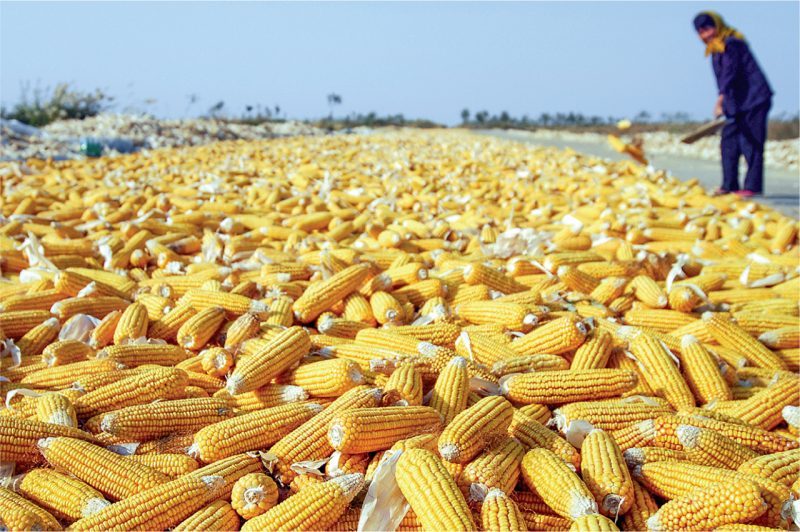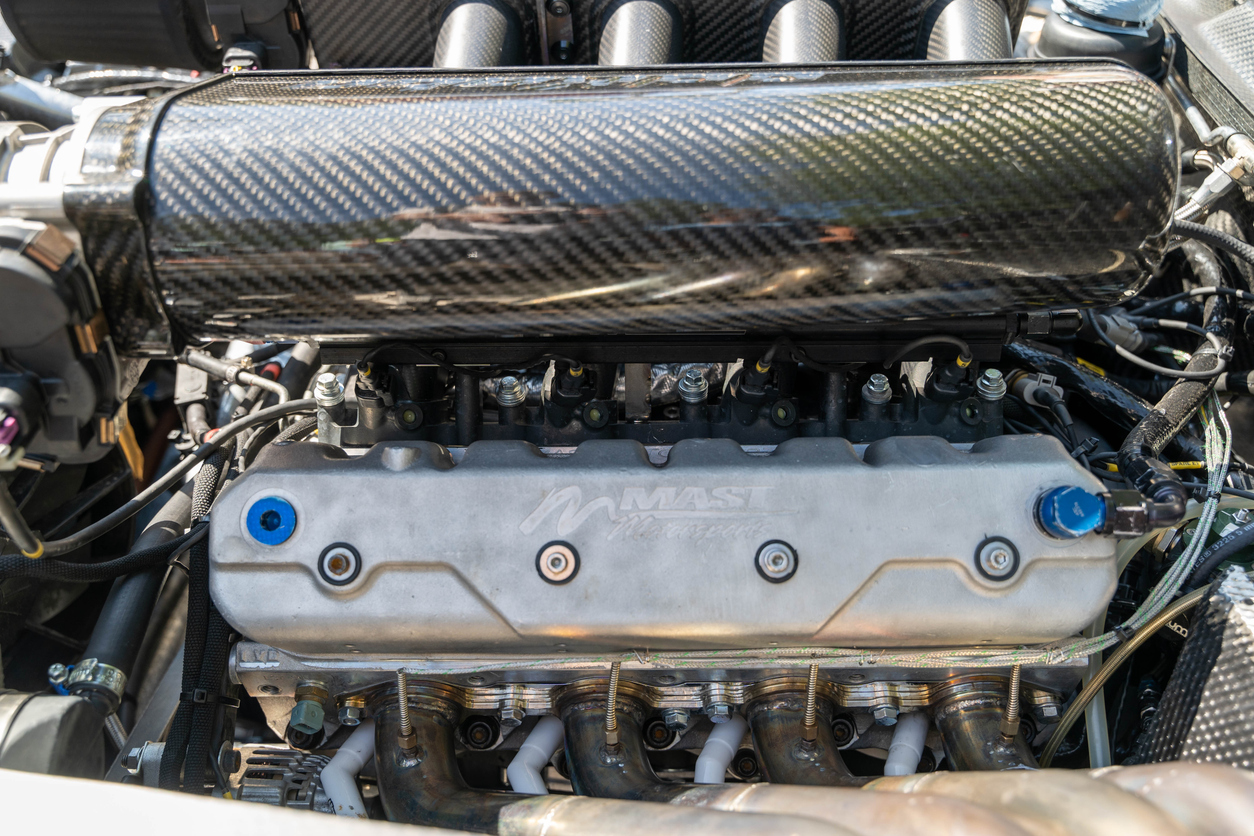5 Simple Steps to Buy and Export Corn from Zimbabwe
5 Simple Steps to Buy and Export Corn from Zimbabwe
The Republic of Zimbabwe is a landlocked country in Africa, bordered by the countries of Zambia and Botswana to the west, South Africa to the south, and Mozambique and Malawi to the east. The country has a population of approximately 16 million, with about 65 percent living in rural areas. There are several different types of corn grown in Zimbabwe. Yellow maize is most commonly grown for human consumption as flour or meal. It’s also used as animal feed, industrial starch, beer production, and ethanol production. Regardless of your intentions for buying and exporting corn from Zimbabwe, you will need to complete a few tasks before you can begin importing it successfully. The process is not overly complicated but does require some time and attention to detail; read on to find out more.
Step 1: Register to Become a Licensed Corn Exporter From Zimbabwe
The first step in buying and exporting corn from Zimbabwe is to earn your permit to export from the National Agriculture Marketing Council of Zimbabwe (NAMCO). This is an important regulation to observe because it helps you to comply with the Food and Agriculture Organization of the United Nations (FAO) and the World Trade Organization (WTO) regulations. You can register to become a licensed corn exporter by submitting an application form through the NAMCO website. The form asks for information about your business, such as your address, the type of products you sell, and your financial details. It also asks for information about the corn you want to export, such as the quantity, quality, and intended destination. Once you’ve filled out the form, you’ll need to pay a registration fee to proceed with the licensing process.
Step 2: Find a Reputable Agent
The next step in buying and exporting corn from Zimbabwe is to find a reputable agent to work with. Finding the right agent can be challenging, especially since there are many unregistered agents in the business. In fact, the Zimbabwe Agricultural Company (ZAgro) estimates that less than 7 percent of the grain and corn industry is run by registered agents. ZAgro also estimates that only 20 percent of the total grain and corn industry is run by fully qualified and licensed agents. You’ll need to be careful when selecting an agent because the quality of your corn can be impacted by the quality of the agent you choose. For example, if your agent doesn’t follow best practices, they could damage your corn or lose it completely. When selecting an agent, you’ll want to find one who is reputable and has a history of success in the field. You can do this by asking around and researching various agents until you find a few that seem like a good fit. You’ll also want to make sure they have the capacity to handle the amount of corn you want to export.
Step 3: Set Up a Shoring Contract
Once you’ve found a reputable agent to work with, you’ll want to set up a shoring contract so you can buy and export corn from Zimbabwe. The shoring contract is a legal document that outlines the conditions of the agreement between you, the buyer, and your agent, the shorer. Make sure to review the contract carefully to make sure that it reflects your wants and needs. You’ll also have to sign and stamp the contract to indicate your acceptance of the terms and conditions. A shoring contract is often an essential part of the buying and exporting process because it helps to protect both the buyer and the shorer. The contract outlines the responsibilities of each party and the penalties the shorer will face if they don’t deliver the agreed goods or services. The contract also ensures that both parties get what they want and protects them from fraudulent acts and practices.
Step 4: Acquire the Equipment You Need
The next step in buying and exporting corn from Zimbabwe is to acquire the equipment you need to successfully export the corn. There are a few different types of equipment you may need, including a grain testing machine, a grain dryer, a grain weigher, and a grain storage bin. When you’re buying and exporting corn from Zimbabwe, you need to make sure that it meets the minimum standard of corn quality. The minimum standard is set by the Grain and Feedstuff Act and the Agriculture Marketing Council of Zimbabwe Act. If your corn doesn’t meet the minimum standard, you could lose your export permit or be fined. You can ensure that your corn meets the minimum standard by using a grain testing machine to conduct a grain analysis. The machine will accurately measure the moisture, protein, and hardness of your grain and make sure that it’s fit for export. If your grain isn’t meeting the minimum standard, you can dry it using a grain dryer. You can also use the dryer to speed up the process if your grain is testing too wet. You can use a grain weigher to accurately measure the weight of your grain and ensure that you’re meeting the minimum export requirement. A grain storage bin can help you store your grain and keep it safe until it’s time to export.
Step 5: Export and Earn Profits!
Now that you’ve completed the previous steps, you’re ready to buy and export corn from Zimbabwe and start profiting from the venture. Make sure to carefully follow all the terms and conditions of your shoring contract so that you don’t run into any issues with the export process. Once your corn has been inspected and meets the minimum standard, you can export it to its intended destination. Most of the top destinations for Zimbabwean corn are in Africa, including Botswana, Mozambique, Zambia, Malawi, and South Africa. You can also ship your corn to Asian countries like Sri Lanka, Cambodia, India, and Thailand. Once your corn arrives at the port of entry, an inspector will check it to make sure that it meets the minimum standard of export. Once they’ve approved the shipment, you’ll be able to buy and export corn from Zimbabwe and start profiting from the venture.








LEAVE A COMMENT
You must be logged in to post a comment.